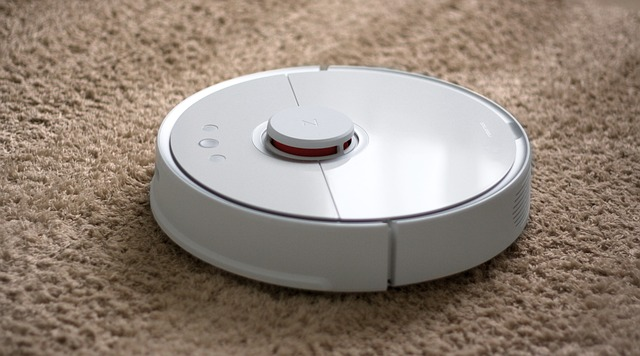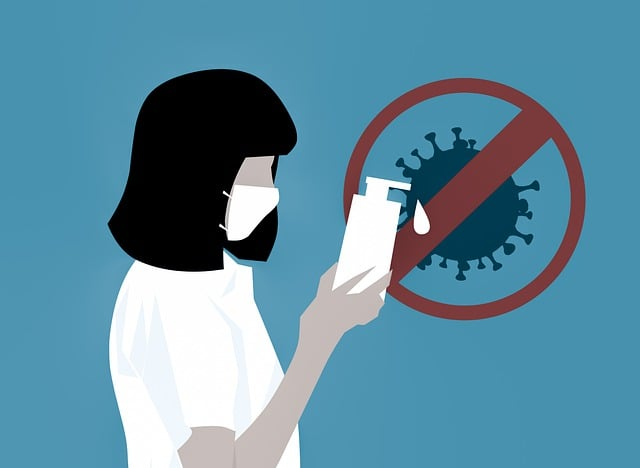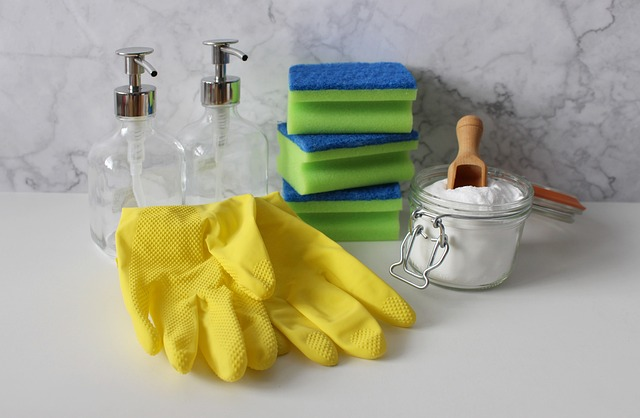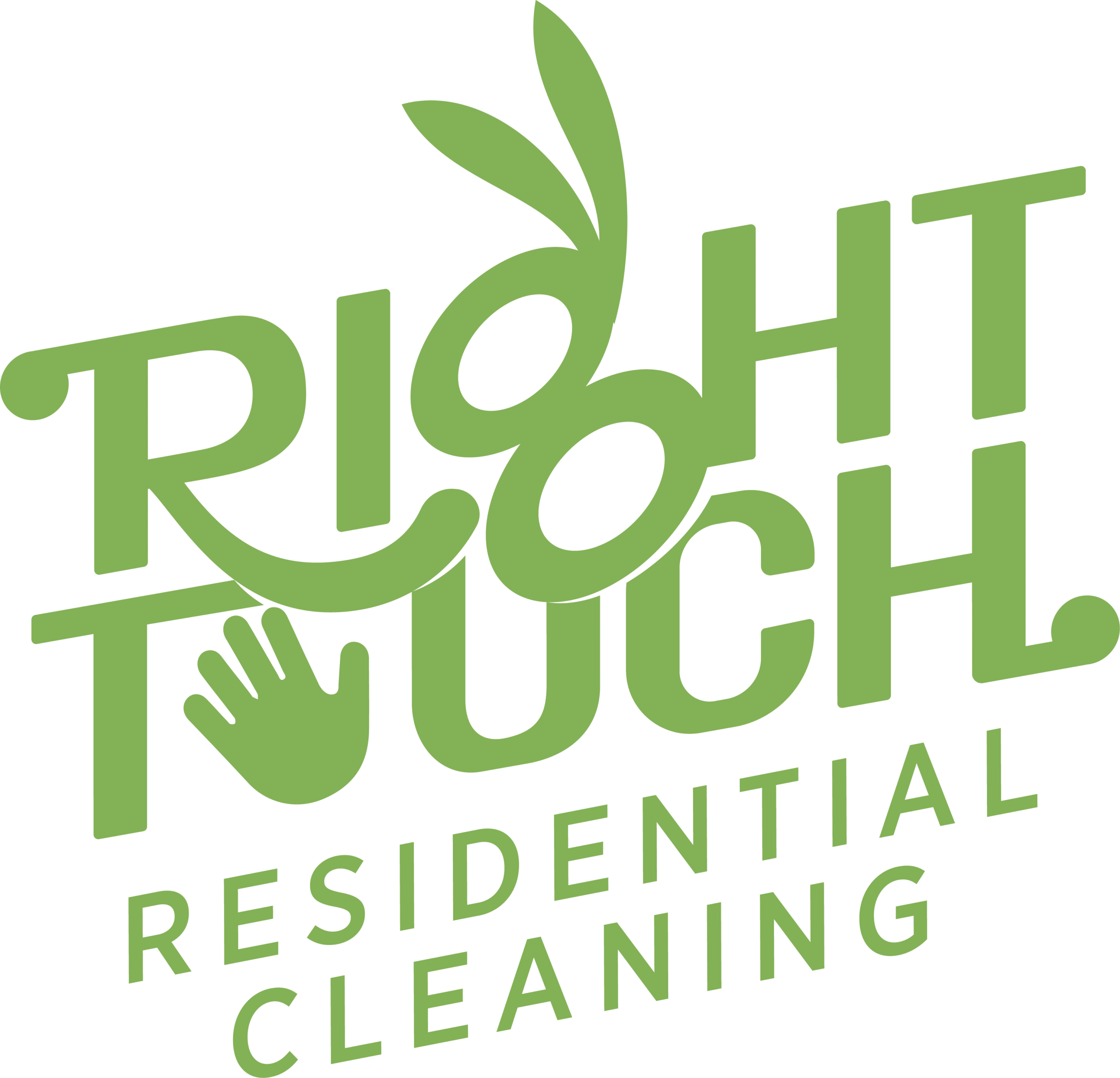Tech-Driven House Cleaning: How Technology is Revolutionizing Cleaning Procedures

Professional cleaning has been around for a long time and has gone through many changes over the years. One of the most significant changes happening in the industry today is the integration of technology into cleaning processes. From robotic vacuums to artificial intelligence, technology is transforming the way we clean and maintain spaces.
In this blog, we’ll explore the topic of how technology is changing the cleaning industry. We’ll discuss the latest in cleaning technologies, tools and equipment that are currently available in the market and how they are contributing to increased efficiency, effectiveness, and improved quality. We’ll also discuss the benefits of using technology in cleaning, the challenges of implementation, and the potential impact on house cleaning jobs. Join us as we explore this exciting topic and learn more about how technology is shaping the future of cleaning.
Overview of the cleaning industry
The cleaning industry is responsible for maintaining clean and hygienic spaces in various settings, including homes, offices, schools, and hospitals. Cleaning involves removing dirt, dust, and other unwanted substances from surfaces to ensure that they are safe and healthy for people to use.
Cleaning plays a crucial role in preventing the spread of illnesses and diseases, highlighting its utmost importance. Clean spaces also create a positive and healthy environment for people to live and work in. This is why residential and commercial cleaning plays a critical role in maintaining the health and safety of our communities. Cleaning companies dedicate themselves to delivering efficient and effective cleaning services, ensuring spaces remain clean and hygienic, from daily surface cleaning routines to specialized deep cleaning projects.

Traditional cleaning methods
People depended on traditional cleaning methods that have been in use for decades prior to the emergence of technology in the cleaning industry. These methods included using brooms, mops, and products like soap and water. Back then, cleaning was a physically demanding job that required a lot of hard work and elbow grease. But despite the challenges, people found ways to make traditional cleaning methods work, and their efforts paid off in the form of clean and hygienic spaces.
The creativity and ingenuity that people employed to get the job done makes traditional cleaning methods particularly intriguing. For example, in the past, people used natural cleaning agents like vinegar and lemon to clean surfaces. They also used old rags and towels to wipe away dirt and grime. These methods may seem old-fashioned now, but they were effective at the time and show how people were able to work with what they had to achieve a clean and healthy environment. As we move forward into the digital age, it’s important to remember and appreciate the hard work and dedication that went into traditional methods.

The latest cleaning tools and equipment
The latest tools, gadgets, technologies and equipment that are currently available in the market have revolutionized the cleaning industry. One of the most notable tools is robotic vacuums. These vacuums use sensors to navigate around furniture and other obstacles, autonomously cleaning floors without the need for manual labor. Robotic vacuums provide an excellent choice for large spaces, as they can be programmed to clean on a set schedule, guaranteeing that spaces remain clean all the time.

Smart cleaning solutions are another technological and industrial advancement that has transformed the way we clean. These solutions use sensors and data analysis to optimize cleaning processes. Smart sensors can monitor foot traffic within a building and accordingly adjust cleaning schedules, guaranteeing more frequent cleaning of high-traffic areas, for instance. Smart cleaning solutions can also optimize cleaning routes, reducing the amount of time and resources required to clean a space.
UV-C lights are another tool that has gained popularity in recent years. These lights use ultraviolet radiation to kill germs, viruses and bacteria on surfaces, without the use of harsh chemicals. UV-C lights are especially useful in hospitals and medical facilities, where maintaining a sterile environment is crucial. In addition, one can use them in various settings such as homes and offices to ensure that surfaces are clean, free of germs and microbes, and safe to use.
Other tools and equipment that are available in the market include electrostatic sprayers, which spray or use charged particles to more effectively disinfect surfaces, and steam cleaners, which use high-temperature steam to remove dirt, debris and grime from surfaces. These tools are effective at removing dirt, dust, and other unwanted substances from surfaces and can help maintain a clean and hygienic environment.
The latest cleaning tools and equipment not only improve the quality of cleaning but also make the task of cleaning more efficient and cost-effective. For example, robotic vacuums can reduce by half the amount of time and labor required to clean a space, and smart cleaning solutions can help reduce wasted resources. Overall, these tools and equipment have transformed the cleaning industry and have made cleaning safer, more effective, and more environmentally friendly.
The benefits of technology in cleaning
The benefits of using technology in cleaning are numerous and can be seen in the increased efficiency, effectiveness, and improved cleaning quality. Technology has made cleaning more efficient by reducing the time and resources required to clean a space. For example, robotic vacuums can clean floors autonomously, allowing cleaners to focus on other cleaning tasks afterwards. Smart sensors can also optimize cleaning schedules, ensuring that high-traffic areas are cleaned more frequently. These advancements help to make the cleaning process more efficient and save time, money and resources.
Technology has also improved the effectiveness of cleaning operations. Cleaning solutions have been developed that can disinfect surfaces, kill germs and bacteria, and reduce allergens. UV-C lights have been used to sanitize surfaces without the use of chemicals, and electrostatic sprayers have made disinfecting more effective. These advancements have been especially important in hospitals and medical facilities, where maintaining a sterile environment is crucial. The use of technology has helped to improve the quality of cleaning and make spaces safer and healthier for people to use.

Overall, technology has revolutionized the cleaning industry, bringing increased efficiency, effectiveness, and improved cleaning quality. The introduction of new tools, supplies and equipment, such as devices such as robotic vacuums, smart cleaning solutions, and UV-C lights, has made cleaning more efficient and cost-effective while also improving the quality of cleaning. Technology has also made cleaning safer and more environmentally friendly, with the use of energy-efficient cleaning solutions and the reduction of waste. The benefits of using technology in cleaning are clear, and we can only expect more innovations to come in the future.
Automated cleaning solutions
Automated cleaning solutions, such as robotic cleaners, have become increasingly popular in recent years due to their ability to save time and increase productivity. Robotic cleaners use sensors to navigate around furniture, walls, and other obstacles, autonomously cleaning floors without the need for manual labor. These machines are highly efficient and can clean large spaces quickly and effectively. They are especially useful in commercial settings, where time is of the essence, and cleanliness is crucial to customers.
The use of robotic cleaners can also increase productivity, allowing cleaning staff to focus on other tasks. With the help of robotic cleaners, cleaning staff can spend more time on high-priority tasks, such as deep cleaning, while the machines take care of daily cleaning routines. This method can lead to an increase in overall productivity, allowing cleaning staff to complete more tasks in less time. Overall, automated cleaning solutions have transformed the cleaning industry, making cleaning more efficient and cost-effective while also saving time and increasing productivity.
Artificial intelligence
The use of artificial intelligence (AI) has revolutionized the cleaning industry, allowing for more efficient and effective cleaning. Cleaning schedules are optimized using AI to ensure that spaces are cleaned at the right time and with the right frequency. AI algorithms analyze data from smart sensors, foot traffic patterns, and historical cleaning data to create a customized cleaning solution and schedule that meets the specific needs of each space. This leads to more efficient cleaning and can help reduce the amount of time and resources required to clean a space.
In summary, the use of technology in the cleaning industry has revolutionized the way we clean and maintain spaces, bringing increased efficiency, effectiveness, and improved cleaning quality. From automated cleaning solutions and smart sensors to artificial intelligence, there are many technological advancements that can benefit companies that operate in the cleaning industry. However, with these advancements come challenges, such as the potential impact on cleaning industry jobs and the need for retraining and upskilling. Environmental considerations, such as energy usage and waste reduction, are also crucial to sustainable cleaning practices.



